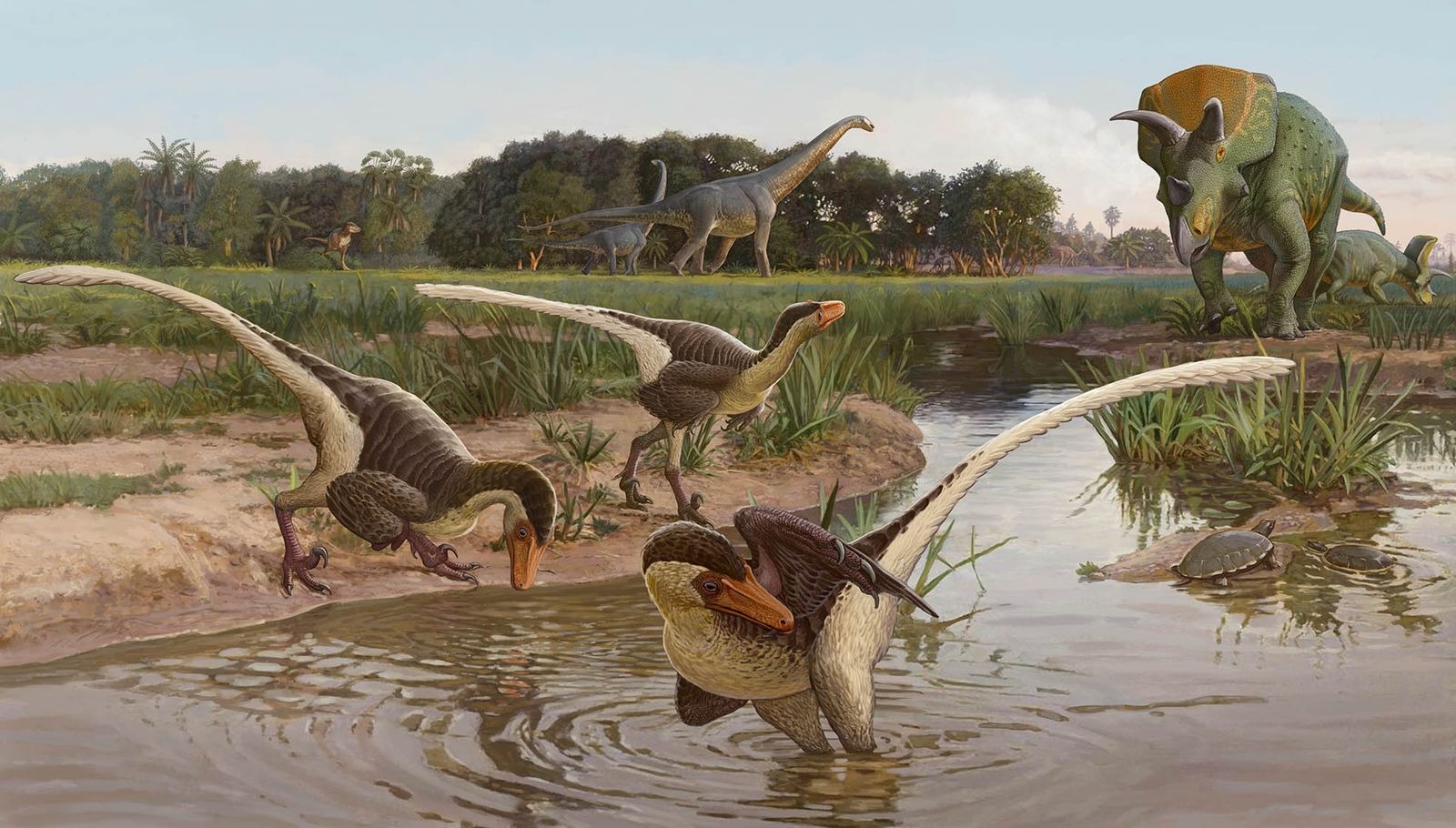Dinosaur tracks and fossilized remains discovered in the remote wilderness of northwestern Alaska are shedding new light on the ancient climate and ecosystems of the region. Led by paleontologist Anthony Fiorillo and an international team of scientists, the findings offer valuable insights into the movement of animals during a time when continents were beginning to shift roughly 100 million years ago.

Published on Jan. 30 in the journal Geosciences, the research reveals a wealth of dinosaur tracks and fossilized plants, providing a glimpse into the lush environment that existed in Alaska during the mid-Cretaceous Period. Fiorillo, who conducted the research while at Southern Methodist University and is now the executive director of the New Mexico Museum of Natural History and Science, collaborated closely with University of Alaska Fairbanks geology professor Paul McCarthy and other experts.
The study focused on the Nanushuk Formation, a layer of sedimentary rock dating back to roughly 94 million to 113 million years ago. Located across the central and western North Slope of Alaska, the Nanushuk Formation offers a window into the ancient past of the region. The fieldwork, conducted between 2015 and 2017, centered on Coke Basin, a geological feature in the DeLong Mountains foothills along the Kukpowruk River.
The team made a remarkable discovery of approximately 75 dinosaur tracks and other indicators of prehistoric life, providing evidence of dinosaurs living in a riverine or delta environment. One particularly notable site revealed an ancient landscape, with large upright trees, small trees, leaves on the ground, tracks, and fossilized feces.
Among the findings, bipedal plant-eating dinosaurs were the most abundant, accounting for 59% of the total tracks discovered. This suggests a thriving ecosystem supported by lush vegetation and ample water sources. Bird tracks were also prevalent along the Kukpowruk River, indicating a warm climate similar to that of today’s Arctic.
Carbon isotope analysis of wood samples from the site revealed an annual precipitation rate of approximately 70 inches, indicating a wet and warm environment. This aligns with global precipitation patterns associated with the Cretaceous Thermal Maximum, a period of significantly higher temperatures roughly 90 million years ago.
Paul McCarthy, a sedimentologist and fossil soils specialist, analyzed the rocks and sediments to interpret the ancient environment. His expertise helped identify different features such as river channels, flood deposits, levees, floodplains, and swamps, providing valuable context for the dinosaur tracks.
Leave a Reply